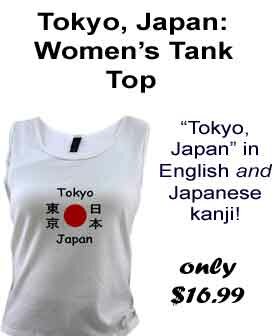
Departments

KEIRETSU
系列
keiretsu
page 2 of 2 (Read page 1)
Squeezing the Keiretsu during the Yen Crisis of the 1980s
The power of the lead company to set prices in a vertical keiretsu was widely demonstrated in the “yen crisis” of 1985-1986, when major Japanese manufacturers squeezed their suppliers to counteract the ill affects of a change in the yen/dollar exchange rate. During this crisis, many smaller keiretsu manufacturers literally ceased to exist in order to assure the survival and prosperity of their lead company.
The yen crisis of the mid-1980s was triggered by the Plaza Accord of September 1985. Prior to this meeting between the G7 nations, the value of the yen against the dollar had been manipulated to stay at low levels. This resulted in cheaply priced Japanese imports, and mounting trade friction between the U.S. and Japan. The Plaza Accord changed the rules of the game so that currencies could self-adjust to market levels. The dollar quickly fell against the yen, and the U.S. prices of Japanese imports surged.
Japanese manufacturers faced a life-or-death dilemma. If they raised their prices, their products would lose their price advantage. On the other hand, if they maintained their prices, their profits would evaporate.
The companies responded by squeezing the supply base within the keiretsu. A series of price decreases was mandated from the lead firms. The smaller companies---whose business models depended entirely on keiretsu business---had no choice but to comply. Many of the companies that complied went out of business; and 1986 was marked by an unusually large number of small Japanese automotive components manufacturers going belly-up.
The third-tier companies in any vertical keiretsu are the most vulnerable to any sort of economic disruption. In the keiretsu system, profit margins rise and fall based on a company’s position in the hierarchy. The lead firms have healthier margins than large suppliers, and the large suppliers enjoy higher profits than the third-tier suppliers. At the lowest level in the system, profit margins are razor-thin to begin with; many of these companies simply imploded under the weight of the yen crisis.
The Horizontal Keiretsu
A horizontal keiretsu is a keiretsu organized around a major Japanese bank. Japan’s horizontal keiretsu include the so-called "Big Six" - the Mitsui, Mitsubishi, Sumitomo, Fuyo, Sanwa, and Dai-Ichi Kangyo Bank groups. Some of the horizontal, bank-led keiretsu have vertical keiretsu which form “branches.” Mitsubishi is probably the best known example in this category.
The keiretsu have their roots in the prewar zaibatsu, or “financial cliques.” These powerful industrial groups were organized by an assortment of merchant families and lone entrepreneurs. (Mitsubishi, for example, was founded by a member of Japan’s samurai class in 1871.) The economic clout of the zaibatsu swelled from the late 1800s through the World War II era. Many of the zaibatsu were associated with the Japanese military, either as arms suppliers, or developers of conquered land in Manchuria.
The zaibatsu were a target of MacArthur’s postwar reforms; but the push to break them up was short-lived. The looming threat of communism, along with the need to encourage Japanese economic development, forced a change in priorities. As a result, the American GHQ allowed many of the zaibatsu to enter the postwar era substantially unaltered. The legacy of these prewar industrial groups is the present-day keiretsu system.

